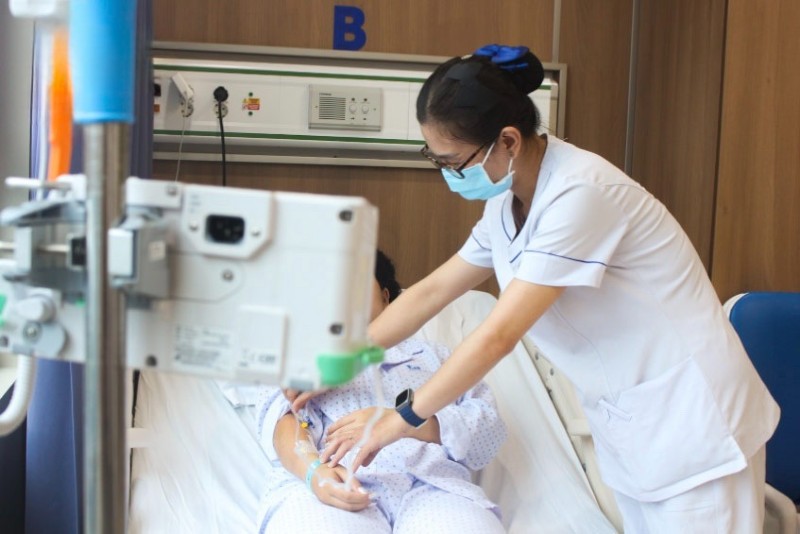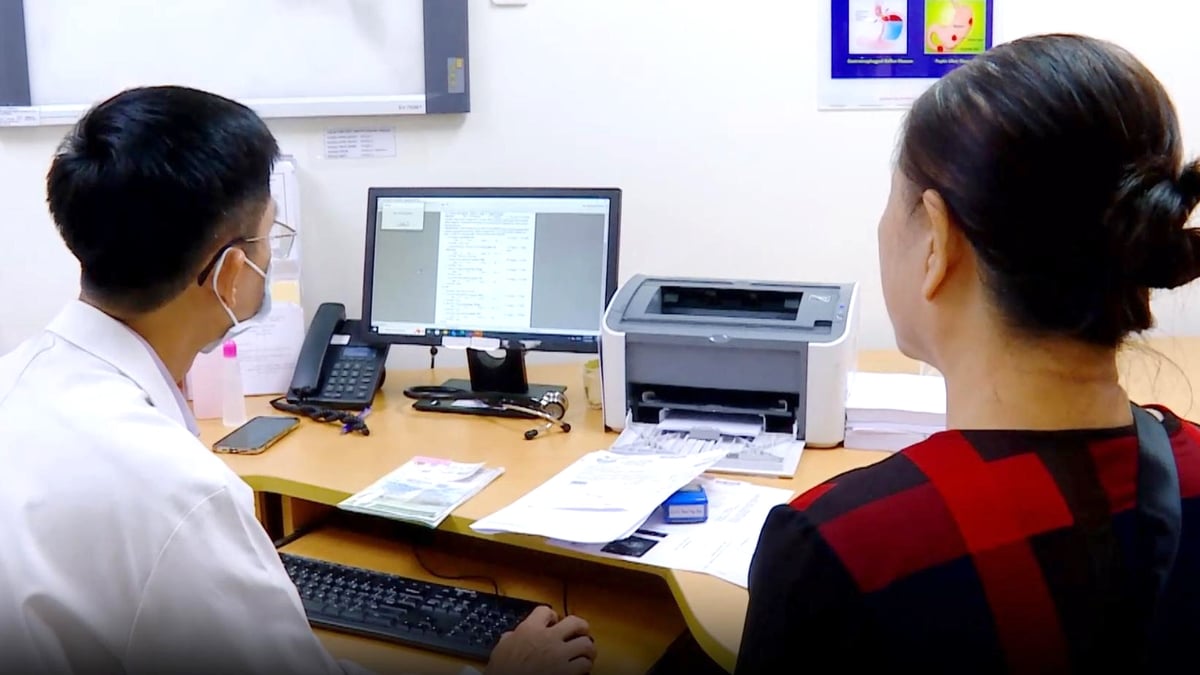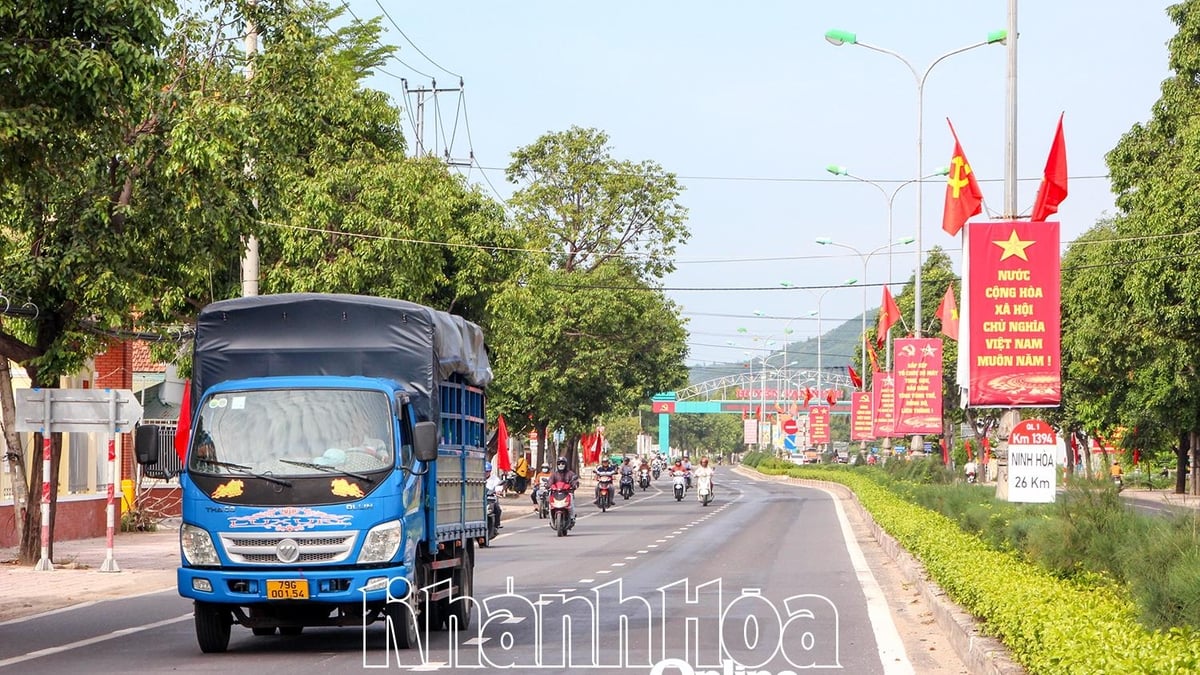Pulmonary embolism and deep vein thrombosis are the third most common causes of cardiovascular death, after myocardial infarction and stroke.
Pulmonary embolism and deep vein thrombosis are the third most common causes of cardiovascular death, after myocardial infarction and stroke.
The 18-year-old female student showed symptoms of dizziness and mild shortness of breath at 3 a.m. Ten hours later, the patient was unable to walk or sit due to worsening shortness of breath and vomiting, and was rushed to the hospital.
 |
| A patient with pulmonary embolism is being treated at a medical facility. |
Initial results showed a heart rate of 150 beats/minute, a blood pressure drop of 80/40 mmHg, SpO2 92%, right ventricular dilatation, and pulmonary hypertension. CT scan (computed tomography) detected bilateral large branch pulmonary artery occlusion, deep vein thrombosis (blood clot) in the left leg, and a diagnosis of high-risk pulmonary embolism with hemodynamic disturbances.
The patient's condition at that time was very dangerous because the blood clot blocked the pulmonary artery, preventing the right ventricle from sending blood to the lungs, posing a high risk of threatening his life.
The patient was transferred to the Intensive Care Unit (ICU), given oxygen through a mask, treated with vasopressors to increase blood pressure, thrombolytics, and intravenous anticoagulants.
According to cardiologist Do Vu Ngoc Anh, pulmonary embolism is an unusual event that rarely occurs in healthy young people, especially in very young cases like the patient mentioned above. The disease is common in people over 50 years old.
Risk factors for the disease include cancer, diabetes, personal or family history of blood clotting disorders, heart disease, stroke, use of estrogen-containing contraceptives, pregnant or postpartum women, people with antiphospholipid syndrome... Hanh Nhi was thoroughly examined to find the cause of the disease.
The results showed that the girl had May-Thurner syndrome, an anatomical structural abnormality in which the right iliac artery compresses the left iliac vein, which can disrupt blood flow through the legs.
In addition, the patient had used hormonal drugs for three months to treat acne, beautify the skin, and painkillers to treat varicose veins. “These factors combined to cause pulmonary thrombosis,” said Dr. Ngoc Anh.
Pulmonary embolism occurs when a blood clot forms in a vein (leg, pelvis or arm) and travels through the bloodstream, blocking a blood vessel in the lung. Common symptoms include shortness of breath and chest pain. If not treated promptly, the disease can damage the heart and lungs, leading to heart failure and even death.
“Pulmonary embolism and deep vein thrombosis are the third most common cardiovascular causes of death, after myocardial infarction and stroke,” said Dr. Ngoc Anh.
To prevent the disease, each person needs to maintain regular physical activity or move their arms, legs, and feet for a few minutes every hour. Control appropriate weight, drink enough water, limit alcohol and tobacco, do not wear tight clothes, and sit cross-legged to reduce risk factors for the disease.
Elderly, overweight, obese, and people with cardiovascular disease should go for check-ups and risk screening. People with varicose veins should wear medical stockings to improve blood circulation. Patients taking anticoagulants should maintain their medication as prescribed by their doctor. Women should not use birth control pills or hormones without consulting a specialist.
Source: https://baodautu.vn/tre-hoa-benh-nhan-mac-thuyen-tac-phoi-d231421.html
























































![[Maritime News] Container shipping faces overcapacity that will last until 2028](https://vphoto.vietnam.vn/thumb/402x226/vietnam/resource/IMAGE/2025/7/30/6d35cbc6b0f643fd97f8aa2e9bc87aea)












































Comment (0)